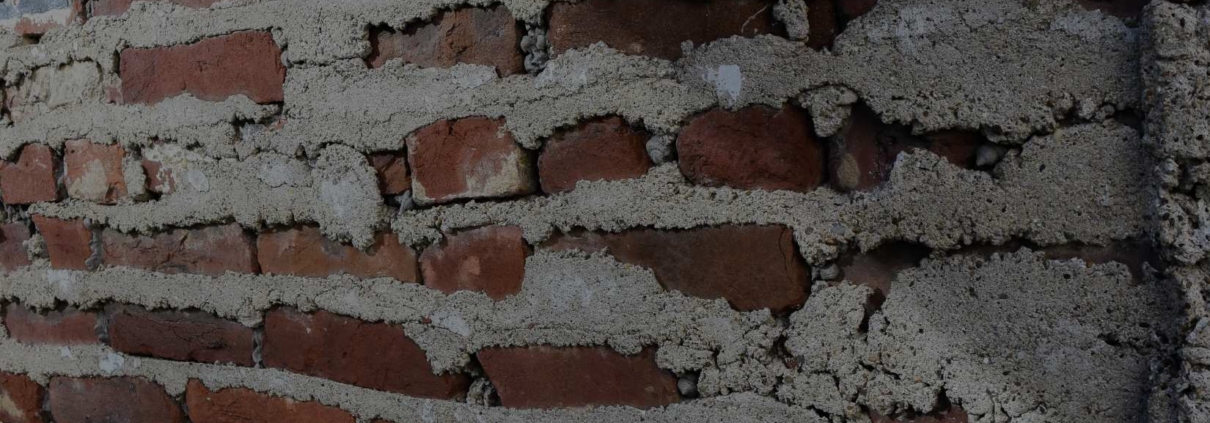The Importance of Tuckpointing: How Often Should You Do It?
Tuckpointing is a technique used to repair and restore the mortar joints between bricks or stones. It involves removing the old and deteriorated mortar and filling in the gaps with new mortar. Tuckpointing is essential to maintaining the integrity and aesthetic appeal of any brick or stone structure. But how often should it be done, and how do you know when your property needs it? This article will answer these questions and provide you with useful information about tuckpointing.
What is Tuckpointing?
Tuckpointing is a process that involves removing the old and damaged mortar from between the bricks or stones and replacing it with fresh mortar. The process requires skill, precision, and experience. It’s done to restore the masonry’s structural integrity and enhance the building’s appearance.
Signs Your Property Needs Tuckpointing
Tuckpointing is an essential maintenance task that should be done periodically to keep your property in good shape. Here are some signs that your property needs tuckpointing:
- Cracks in the Mortar Joints
If you notice cracks in the mortar joints between the bricks or stones, it is a sign that the mortar is deteriorating and needs to be replaced. Cracks can occur for various reasons, such as weathering, foundation settling, or moisture damage.
- Loose or Missing Mortar
If the mortar between the bricks or stones is loose or missing, it can lead to structural problems. Loose mortar can cause the bricks or stones to shift or become unstable, which can compromise the safety of the building.
- Water Damage
Water damage is a common problem in masonry structures. If you notice water stains or discoloration on the walls, it is a sign that the mortar is absorbing moisture. This can cause the mortar to deteriorate and weaken the structure.
- Faded or Discolored Mortar
If the mortar between the bricks or stones is faded or discoloured, it can affect the appearance of the building. Faded mortar can make the building look old and worn out, reducing its value and appeal.
How Often Should Tuckpointing Be Done?
The frequency depends on various factors, such as the age of the building, the quality of the materials used, and the environmental conditions. Generally, tuckpointing should be done every 10-15 years. However, some buildings may need tuckpointing earlier than that, while others may not need it for a more extended period.
Factors that Affect the Frequency of Tuckpointing
- Age of the Building
Older buildings may require tuckpointing more frequently than newer buildings. The mortar used in older buildings may not be as durable as those used in newer buildings and may deteriorate faster.
- Quality of the Materials
The quality of the materials used in building construction can affect its frequency. High-quality materials are more durable and can last longer, reducing the need for it.
- Environmental Conditions
Environmental conditions such as harsh weather, pollution, and exposure to moisture can accelerate the deterioration of the mortar, requiring tuckpointing more frequently.
Conclusion
Tuckpointing is an essential maintenance task that should be done periodically to keep your property in good shape. It involves removing and replacing the old and damaged mortar between the bricks or stones. Signs that your property needs tuckpointing include cracks in the mortar joints, loose or missing mortar, water damage, and faded or discoloured mortar. As a general rule, it should be done every 10-15 years. However, inspecting your property regularly to identify any signs of deterioration and address them promptly is essential.
Is your property in need of tuckpointing in Toronto? Red Robin Masonry is Toronto’s most trusted masonry company. Our masonry services include brickwork, chimney work, parging, stonework and much more. Get in touch with us today!




Leave a Reply
Want to join the discussion?Feel free to contribute!